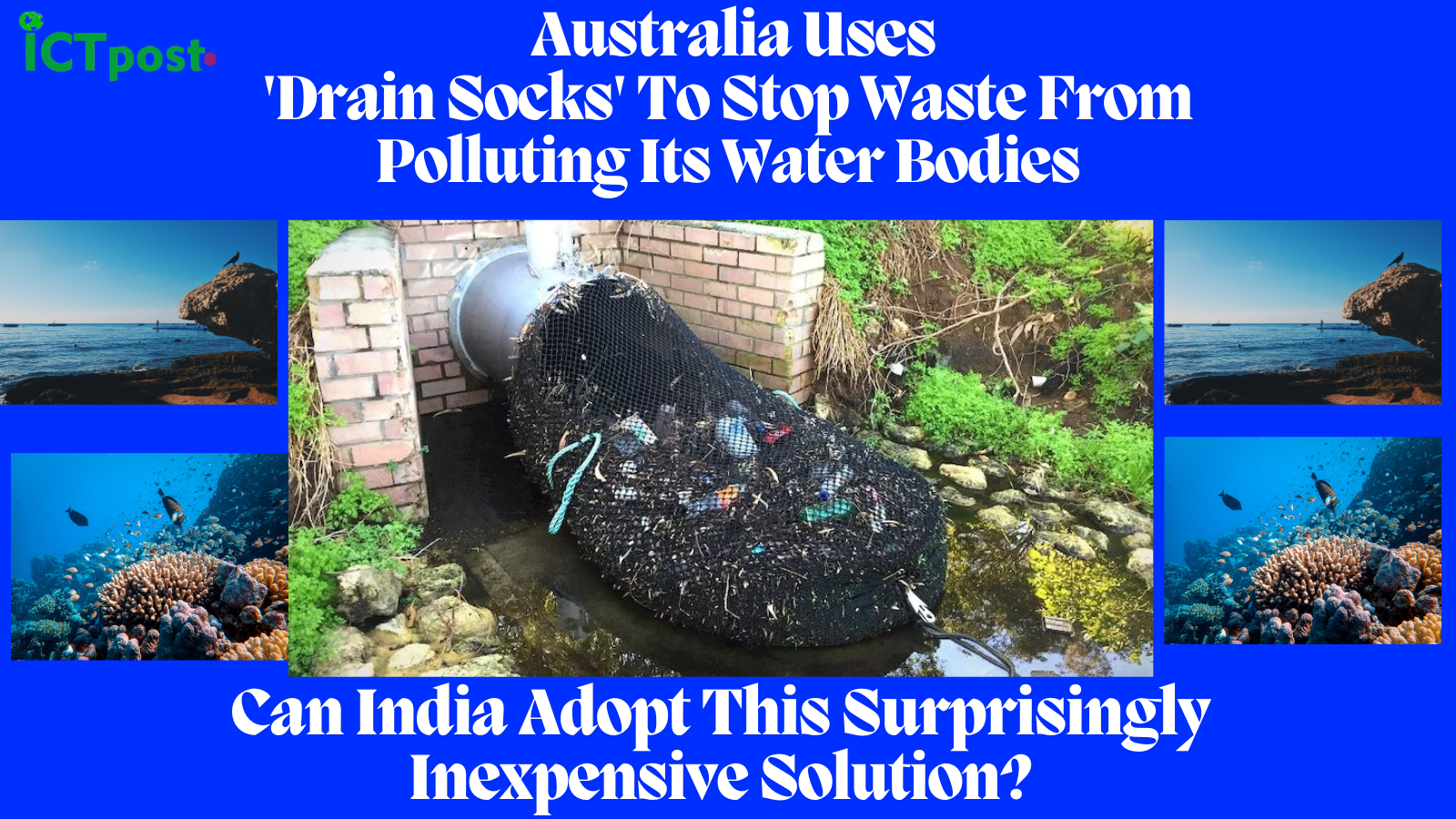New Delhi: August 30, 2021
Decarbonizing the energy system is a critical goal to mitigate climate change and transition to a sustainable and low-carbon future. Achieving this objective requires substantial investments in various sectors of the energy system. Here are key areas where significant investments are needed:
- Renewable Energy Infrastructure:
- Invest in the development and expansion of renewable energy sources such as solar, wind, hydropower, and geothermal. This includes the construction of new renewable energy plants, the enhancement of existing facilities, and the integration of advanced technologies.
- Energy Storage Solutions:
- Allocate funds for research, development, and deployment of energy storage technologies. Effective energy storage solutions are essential for balancing the intermittent nature of renewable energy sources and ensuring a reliable and stable energy supply.
- Grid Modernization:
- Upgrade and modernize the electricity grid to accommodate a higher share of renewable energy and improve overall efficiency. This includes investments in smart grid technologies, grid infrastructure, and grid management systems.
- Electrification of Transportation:
- Invest in the electrification of the transportation sector by supporting the development of electric vehicles (EVs), charging infrastructure, and battery technologies. This transition reduces reliance on fossil fuels in the transportation sector.
- Energy Efficiency Programs:
- Implement energy efficiency programs across various sectors, including residential, commercial, and industrial. Investments in energy-efficient technologies, building retrofits, and energy conservation measures can significantly reduce overall energy demand.
- Carbon Capture and Storage (CCS):
- Support the development and deployment of carbon capture and storage technologies. CCS is crucial for capturing and storing carbon dioxide emissions from industries that are challenging to decarbonize directly.
- Hydrogen Economy:
- Invest in the development of a hydrogen economy, focusing on green hydrogen produced from renewable sources. Hydrogen can be used as a clean fuel and energy carrier in industries and sectors that are difficult to electrify directly.
- Research and Development (R&D):
- Allocate resources for research and development in clean energy technologies. This includes breakthrough innovations, advanced materials, and novel approaches to further enhance the efficiency and affordability of clean energy solutions.
- Policy and Regulatory Frameworks:
- Invest in creating supportive policy and regulatory frameworks that incentivize decarbonization efforts. This involves implementing carbon pricing mechanisms, renewable energy targets, and other policies that encourage a shift away from fossil fuels.
- Global Collaboration and Funding:
- Encourage global collaboration and secure international funding for large-scale decarbonization projects. Cooperation between nations can accelerate the development and deployment of clean energy solutions on a global scale.
- Public and Private Sector Partnerships:
- Foster partnerships between the public and private sectors to leverage diverse expertise and resources. Public-private collaborations can accelerate the implementation of decarbonization initiatives and attract private investments.
- Community Engagement and Education:
- Invest in community engagement and education programs to raise awareness about the benefits of decarbonization. Engaging communities in the transition to clean energy fosters support and participation in sustainable practices.
- Reskilling and Workforce Development:
- Allocate resources for reskilling and developing a workforce that can contribute to the growing clean energy industry. Training programs and educational initiatives can prepare individuals for jobs in renewable energy, energy efficiency, and related fields.
- Natural Carbon Removal:
- Invest in nature-based solutions for carbon removal, such as afforestation, reforestation, and sustainable land management practices. These approaches contribute to carbon sequestration and biodiversity conservation.
The scale of investment required to decarbonize the energy system is substantial, but the benefits include mitigating climate change, improving air quality, enhancing energy security, and fostering sustainable economic growth. Governments, businesses, and international organizations need to collaborate and commit to long-term investments to achieve a successful transition to a low-carbon future.








